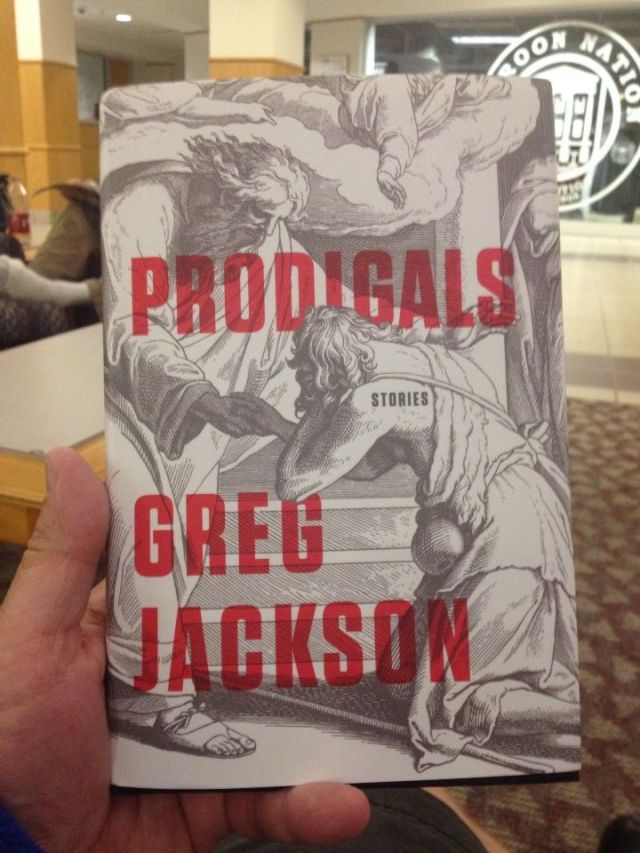Good Sunday to you, Story366! No doubt you’ve heard by now, from other media sources, that the Cubs have found themselves down 3-1 in the World Series. So, in other words, we have those Clevelanders right where we want them. How boring would it have been to have swept them, or even place a morsel of confidence in a diehard’s heart? The Cubs are just upping the drama factor here, making their impending near-historic comeback all the sweeter. Really, without this type of tension, worry, and despair, how could we feel the elation that’s imminent this next four day’s? We couldn’t. Heck, if the Cubs didn’t want to make this dramatic, they would’ve won the whole thing last night in Game 4. But no, these Cubs are above that, wishing to maximize the experience for their fans, gifting to them the full range of emotions, the level of excitement and pure joy that we’re worth, that we’ve been waiting for since early last century. Thank you, Cubs, for going down in the Series 3-1. You only have our best interest at heart.
That’s my story and I’m sticking to it. Go Cubs.
For today’s post, I read from Heidi Jon Schmidt‘s collection Darling? out from Picador. I met Schmidt at the Fine Arts Work Center back in 2003, when Karen was a fellow there, and remember liking her reading. Schmidt’s stories are set in Boston and the outlying New England area, and visiting her website just now to grab her homepage link, I see that she’s written several novels since Darling? that obviously take place in the same region, with titles like The Harbormaster’s Daughter and The House on Oyster Creek. Even the cover art on her homepage is a familiar scene from Provincetown, the line of tiny Cape Cods on the harbor. I’m not exactly sure if these settings have anything to do with what I’ll write from here on out, but Schmidt seems like another author with strong regional ties, like some of the recent authors I’ve covered here, Nancy Lord (Alaska) and Ann Pancake (West Virginia.
Today I’ll discuss the title story from Darling? “Darling?” a story about Daisy Kempton, a woman living outside Boston with her husband Hugh and daughter Cyrilla. From the start of the story, Daisy visits a therapist, Morris J. Karp, and explains to him, once a week, why she is eternally unhappy, with Hugh mostly, but overall, too. Like a lot of people who see a therapist, Daisy has intricate inner thoughts about her problems, which Schmidt does a nice job of depicting here, anxiety and neurosis bubbling over like a shaken soda. As she lies on the couch, explaining her latest self-revelations, Daisy has a sudden and definitive realization: She is in love with Karp and want to have an intimate and lasting relationship with him. Nothing about him is particularly attractive, not physically or even personally—he’s all business, all the time—but lying on the couch, Daisy convinces herself that he’s amazing, that he is her destiny.
Of course, it’s completely taboo for Karp to engage Daisy in a romantic way, illegal even, on top of the fact that Karp shows no interest in her whatsoever. Still, this doesn’t keep Daisy’s brain from being consumed by him. Her thoughts could be compared to those of a of a lovesick teenager, only more complex and perhaps even more unhinged. Daisy is a wife and a mother and apparently financially stable, yet she’s convinced herself that Karp is the thing that’s going to make her happy. Schmidt makes her best move when she has Daisy just admit this to Karp, telling him in a session that “I’m thinking of … of … seducing you, making love to you, for God’s sake!” Karp’s reaction? “That’s fine. We can analyze that.” Daisy’s thoughts and actions and desires have become part of her therapy, probably healthy in some ways, but realistically, adding to her own personal hell.
From there, Daisy only pursues Karp further, in her mind and in her sessions, making more passes at him, which he responds to with more attempts at analysis. The story approaches a head when Karp releases a book, which sends him on a long, multi-city tour, rearranging their steady, five-year schedule. The book, about parenting in two-income families, becomes a bestseller and Karp guest stars on several cable news shows, the type of three-minute segments designed to deflect from the daily reporting. Daisy watches intently from home and orders an express copy of the book (which leads to another important scene, an interaction with the UPS guy, whom Daisy sort of falls in love with, too).
I won’t go any further into the plot of “Darling?” except to state that there’s a climactic scene that alters the balance of power between Daisy and Karp. It’s a great scene, the kind that a story as good as “Darling?” deserves, one that caps this piece off quite well. I liked reading “Darling?” and the other stories from Darling? that I read, noting that Schmidt has a knack for deep inner investigation of her characters, her dialogue scant, making way for long passages of interior monologue; sometimes a few pages go by before we get any scene. This thorough investigations into her characters’ psyches unveil, through pure tenacity, unreliability at various stages, Daisy a prime example. Sure, she’s seeing a therapist in the story’s opening, indicating at least surface unreliability, but it’s not that simple. Her problems go beyond therapy, so much so that they include her therapy. What’s the hope for someone like that? I don’t know—I’m not a therapist—but it makes for a fascinating character. Heidi Jon Schmidt has written a pretty good book here, full of people like this, full of great writing.










